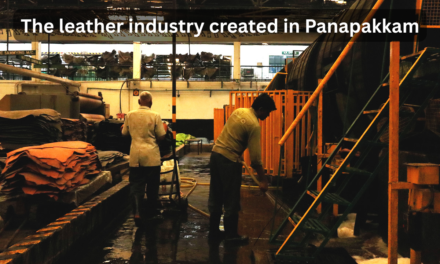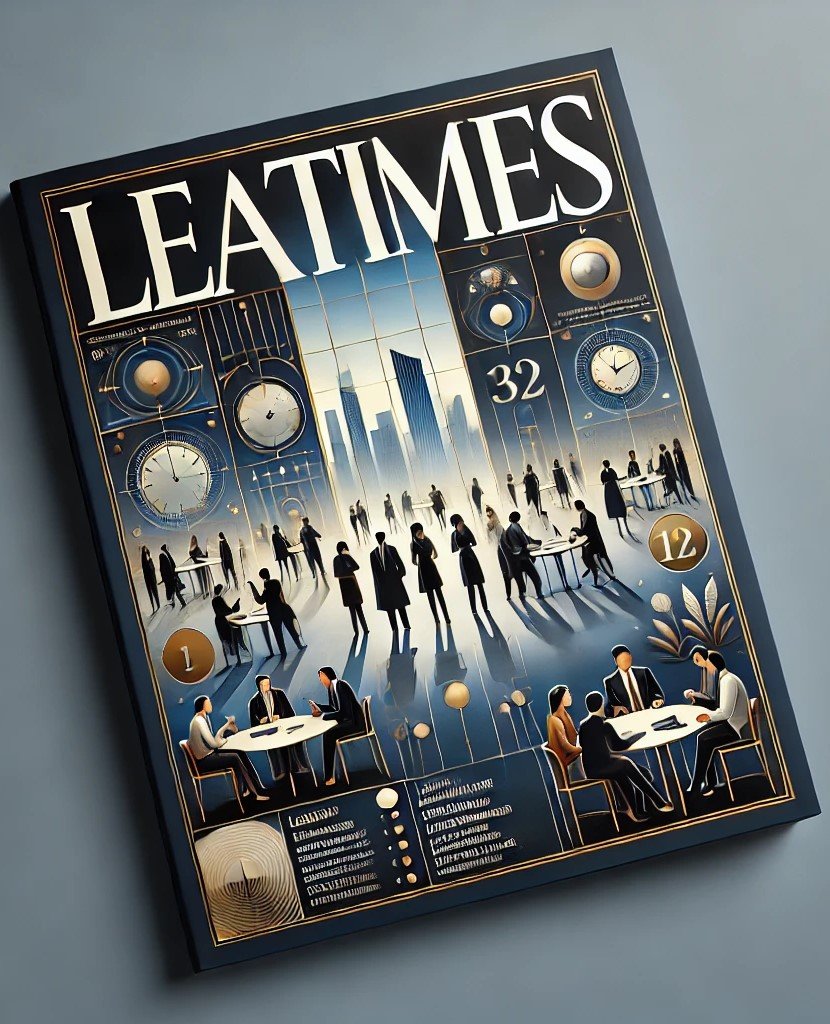Innovation in tanning techniques has a significant impact on Panapakkam’s leather industry, contributing to improved quality, sustainability, cost-effectiveness, and global competitiveness. As the leather industry becomes increasingly focused on environmental and ethical concerns, advancements in tanning technologies have paved the way for more efficient and eco-friendly practices in Panapakkam’s manufacturing units. Below are key ways these innovations are affecting the industry:
1. Environmental Sustainability
- Eco-Friendly Tanning Methods:
- Vegetable Tanning: This traditional tanning method uses plant-based tannins (derived from trees like oak or chestnut) and has a lower environmental footprint compared to chemical tanning methods. In Panapakkam, many leather manufacturers are adopting vegetable tanning to meet growing global demand for eco-friendly products.
- Chrome-Free Tanning: The industry is moving away from chromium-based tanning, which is harmful to the environment and human health. Chrome-free tanning, which uses alternative chemicals like aldehydes or tannins, is gaining popularity in Panapakkam, reducing the environmental impact of leather production.
- Biodegradable and Non-Toxic Materials: New research into biodegradable and non-toxic tanning agents is improving the environmental sustainability of leather production in Panapakkam. This aligns with the global demand for leather goods that adhere to strict environmental standards, like the Leather Working Group (LWG) certification.
2. Improved Quality and Durability
- Enhanced Leather Quality:
- Innovative tanning techniques help produce higher-quality leather that is stronger, more durable, and resistant to wear. For Panapakkam’s manufacturers, these innovations result in leather products that can better withstand international market demands, ensuring longevity and customer satisfaction.
- Uniformity and Aesthetic Appeal: Modern tanning methods allow for more consistent and high-quality leather that meets the aesthetic standards of the global fashion industry. This is especially important for manufacturers in Panapakkam, who are serving high-end international markets that demand quality and precision.
3. Cost Efficiency
- Reduction in Chemical Usage:
- New tanning techniques reduce the dependency on harmful chemicals like chromium, which are not only costly but also require special handling and disposal. By adopting safer, less expensive alternatives, Panapakkam’s leather manufacturers can lower their operational costs while contributing to sustainability.
- Streamlined Production Processes:
- Innovations like quick tanning methods and automated tanning machinery enable faster and more efficient processing of leather, reducing labor costs and turnaround times. This makes Panapakkam’s leather sector more competitive in a global market where speed and cost-effectiveness are critical.
4. Meeting Global Market Standards
- Adherence to International Certifications:
- Many international buyers and retailers demand that their leather products meet specific sustainability standards. By embracing innovations like chrome-free tanning and environmentally friendly processes, Panapakkam’s leather industry aligns itself with global certifications, such as Leather Working Group (LWG) and OEKO-TEX standards, which help open doors to international markets.
- Consumer Preferences for Sustainable Products:
- With increasing global consumer demand for ethically produced and sustainable goods, Panapakkam’s leather industry can tap into a lucrative market by adopting innovative tanning techniques that minimize environmental harm, offering a competitive edge.
5. Waste Management and Circular Economy
- Effluent Treatment and Waste Reduction:
- Innovations in tanning processes often come with advancements in waste management. For example, closed-loop tanning systems can recycle water and chemicals, significantly reducing the environmental burden of leather production. By integrating these technologies, Panapakkam’s leather units can ensure that they adhere to stringent waste disposal norms and reduce their environmental footprint.
- Leather Waste Utilization:
- Leather waste from the tanning process can be minimized or repurposed through innovations like leather recycling or upcycling, which is increasingly being explored in Panapakkam to align with global circular economy principles.
6. Increased Competitiveness in the Global Market
- Value-Added Products:
- Advanced tanning technologies enable Panapakkam’s leather manufacturers to produce premium leather products, including high-end accessories, footwear, and garments, that are in demand globally. By investing in innovative tanning methods, Panapakkam’s producers can expand their product offerings and increase their market share in global fashion, footwear, and automobile sectors.
- Global Partnerships:
- As innovation in tanning techniques allows Panapakkam to produce high-quality, sustainable leather, it opens opportunities for collaborations with international brands that prioritize eco-friendly and ethical production practices. These partnerships help boost Panapakkam’s visibility in global markets and strengthen its export capacity.
7. Social and Economic Impact
- Job Creation in Green Technologies:
- The introduction of new tanning technologies creates new job opportunities in research, production, and environmental management. Panapakkam benefits from this by providing its workforce with skills in modern, sustainable manufacturing processes. This also contributes to social responsibility initiatives, where the leather industry can improve living standards in the community.
- Strengthened Local Economy:
- As Panapakkam’s leather industry adopts innovative techniques and expands its global presence, the local economy benefits from increased production, exports, and employment, contributing to overall regional development.
Conclusion
Innovation in tanning techniques has a transformative impact on Panapakkam’s leather industry. By improving environmental sustainability, leather quality, cost-efficiency, and adherence to global standards, these innovations help Panapakkam’s manufacturers remain competitive in a rapidly evolving global market. Furthermore, adopting sustainable and ethical practices opens up opportunities for Panapakkam’s leather sector to meet the growing international demand for environmentally responsible products.
Hashtags
#TanningInnovation #Panapakkam LeatherTech #SustainableTanning #LeatherIndustryAdvancements #MLFACInnovation #PanapakkamLeatherGrowth #EcoFriendlyTanning #LeatherManufacturingInnovation #TanningTechRevolution #LeatherSectorProgress







